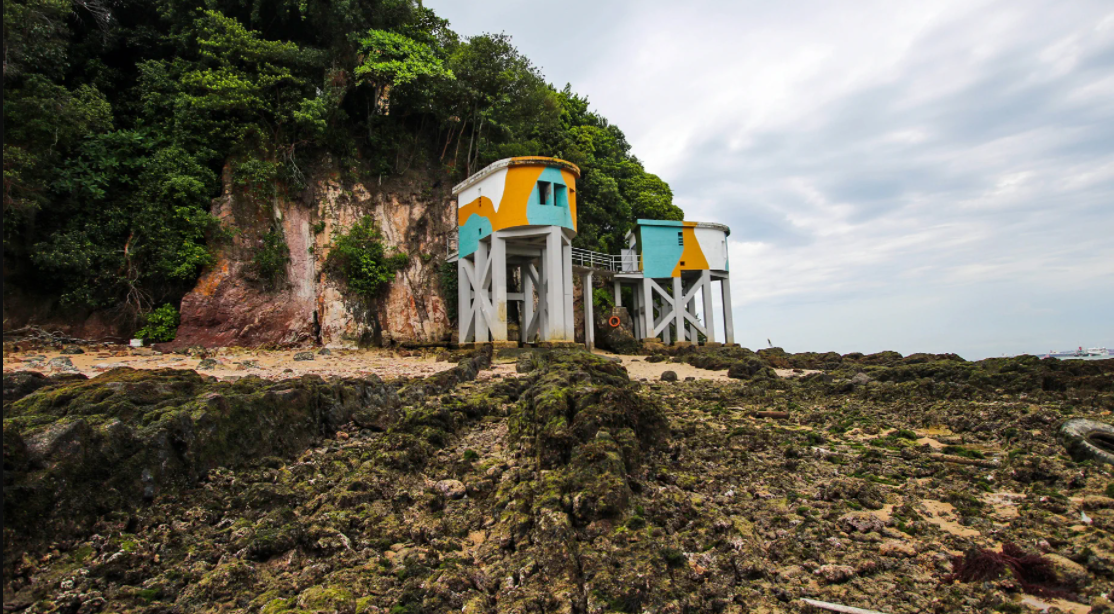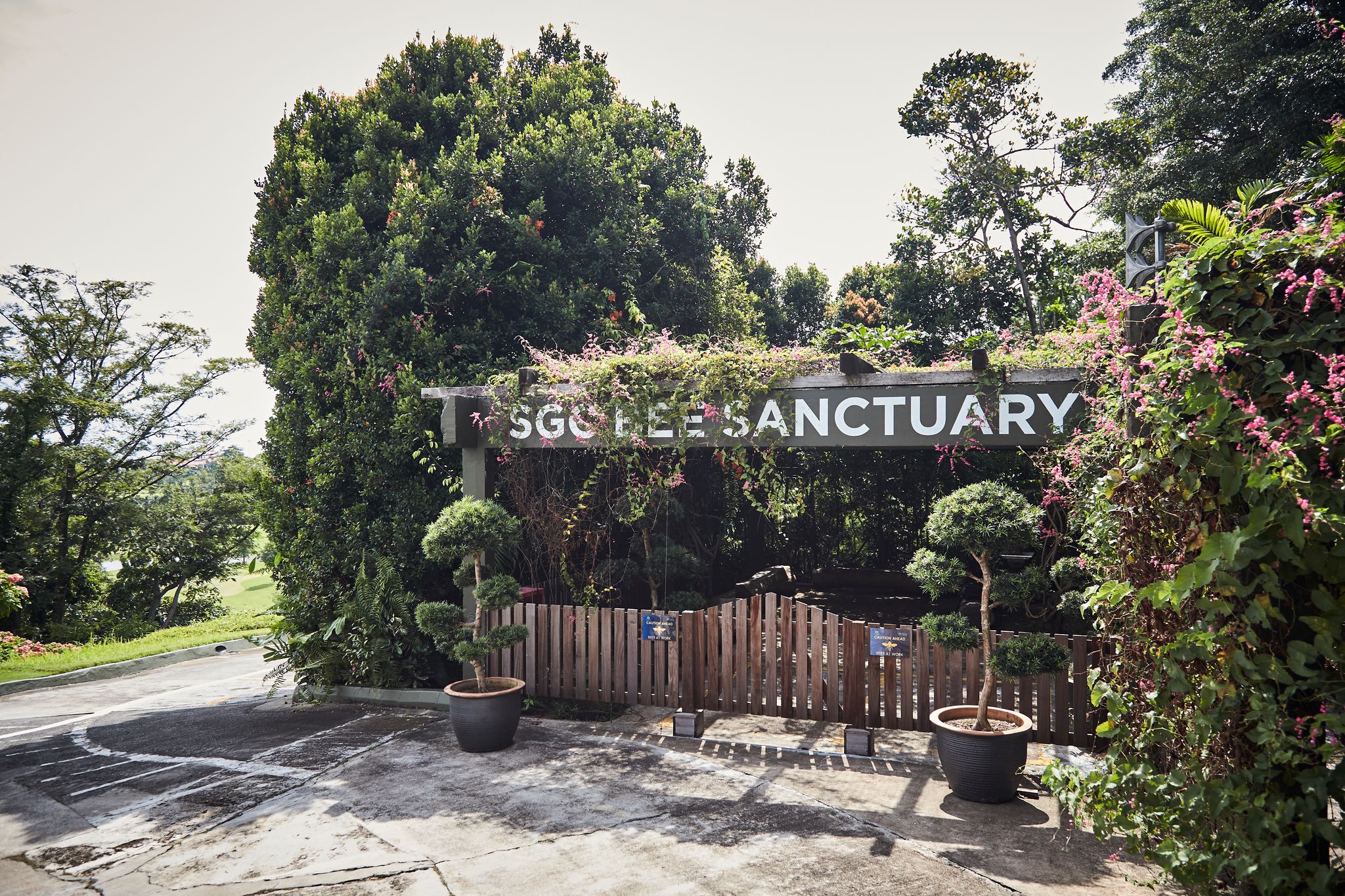3 - Integrative Planning, Design and Development
Integrative Planning, Design and Development
Sentosa is home to a variety of coastal marine habitats and rich terrestrial secondary forests. The thriving biodiversity is fundamental to Sentosa’s ecosystem and the island’s position as a sustainable leisure destination. Even as offerings are refreshed amid changing guest preferences and needs, SDC remains firmly committed to environmental sustainability and protecting Sentosa’s charm, such as carefully selecting development sites and ensuring that care for biodiversity is incorporated during all phases of land-use planning and development.
SDC has formed a working group to oversee all ecological and environmental aspects in Sentosa. The areas overseen include the development of Master Plan zones and establishment of frameworks and environmental policies. With sustainable long-term conservation key in protecting and preserving biodiversity for current and future generations, a range of programmes have been rolled out.
The key strategies will be based on native-driven and scientific approaches that benchmarks against national, international, and industry standards:
- Conserve Significant Biodiverse Sites: Safeguarding Sentosa’s significant biodiverse sites while mitigating climate change effects through commitment to store and sequester carbon and protection of biodiversity.
- Enhance spaces and developable zones with greenery: Enhancing greenery between the built-natural environment while improving quality of greenery for increased ecological resiliency.
- Grow connections and collaboration: Nurturing partnerships and commitment to create common ecological mindshare and possibilities in the nature-base and eco-tourism industry.

SDC has engaged in restoration efforts to further support the ecosystem and increase resilience against climate change. A key initiative in this regard is a native tree-planting project where native flora species were identified and planted in Sentosa’s forests. For example, the Light Red Meranti, a plant which has been categorised as globally ‘endangered’ and locally ‘vulnerable’ due to threats from habitat loss and climate change, can be found on the island’s forests.

Beaches on Sentosa have been visited by the Hawksbill turtles which are critically endangered sea creatures. During the months from June to October when the female turtles occasionally lay their eggs on Sentosa’s beaches, Sentosa has introduced measures to limit human disturbance in order to protect the site for the turtles and ensure these eggs will not be exposed to any form of disturbance. SDC also works closely with the NParks to help monitor the nests until the eggs hatch and ensure the turtles are safely released back to sea.

In 2021, a bee sanctuary was unveiled at Sentosa Golf Club to raise awareness of the declining bee population worldwide and to educate guests on the importance of bees to the ecosystem and food chain. The bee sanctuary not only showcases various bee-keeping techniques, but also provides Sentosa Golf Club’s food and beverage businesses with a local supply of honey, which help reduce carbon footprint through external food sourcing.

